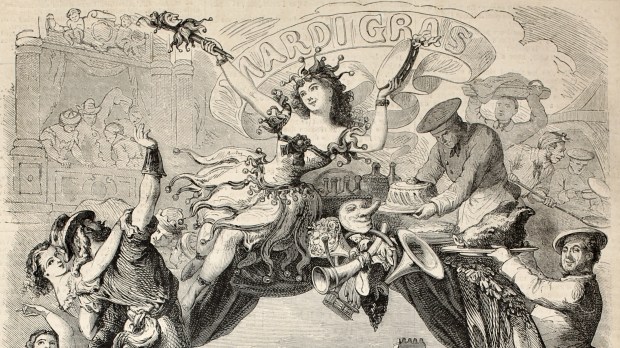The final days before Lent are often viewed as a time for Catholics to indulge in the extreme, satisfying your desires before they are “forbidden” for the next 40 days. This culture of indulgence is even mentioned in the French name for this festival, Mardi Gras, which means “Fat Tuesday.”
Interestingly enough, this idea of feasting before you fast became a major problem in parts of Europe, gaining the attention of various saints.
The Catholic Encyclopedia explains how both St. Philip Neri and St. Ignatius Loyola instituted a tradition of 40 hours of adoration before Ash Wednesday to counteract the abuses that occurred during carnival (the name for pre-Lenten festivities that comes from the Latin for “farewell to meat”).
Already before the year 1550 this, or some analogous exposition, had been established by St. Philip Neri for the Confraternity of the Trinità dei Pellegrini in Rome; while St. Ignatius Loyola, at about the same period, seems to have lent much encouragement to the practice, of exposing the Blessed Sacrament during the carnival, as an act of expiation for the sins committed at that season.
Fasting before you feast
The Catholic Church has always observed the ancient maxim, of “fasting before you feast,” and followed Christ’s example of fasting prior to the beginning of his public ministry.
This has taken different forms over the years, often consisting of a single day of fasting before a feast day, or an entire season of fasting before bigger feast days.
Easter is the biggest feast of the entire liturgical year, and so has the longest season of fasting prior to it.
Another reason for this “rhythm” of fasting is to prepare our hearts for eternity, realizing that our life on earth is aimed at preparing us for the great wedding feast of heaven.
As a result, it makes most spiritual sense to fast before feasting, rather than feasting before you fast.
While it’s not sinful to enjoy the special treats of carnival, it shouldn’t be used as a license to overindulge in the food and festivities of Mardi Gras.

